INTRODUCTION
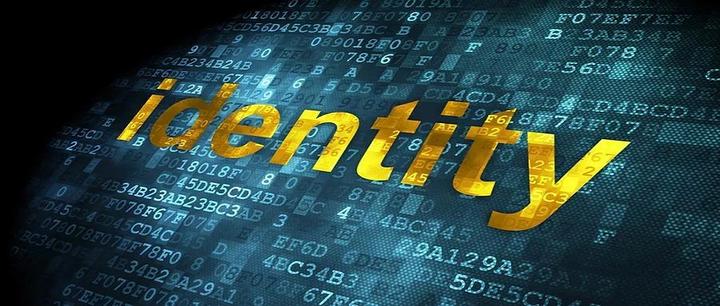
OVERVIEW OF THE DIGITAL WORLD: We live in a highly digitised society where platforms such as social media, online forums, gaming and virtual reality permeate everyday life. The digital world offers unprecedented freedom of self-expression, but also poses the challenge of identity diversity and complexity.
The importance of identity construction: Identity is not only an individual’s sense of self, but also affects their social interactions and social roles. In the digital world, identity construction is not only a continuation of offline identity, but also a process of self-presentation, manipulation and recreation. Digital platforms offer unlimited possibilities for users to construct unique digital identities through avatars, content, language, etc.
How digital identities are constructed
- Representation on social media: On social media platforms such as Instagram, Facebook, Weibo, etc., people often present an ‘idealised version of themselves’ by sharing carefully selected content. This presentation includes not only image enhancement, but also the presentation of lifestyles, values and emotions. Many people see social media as a tool for building and communicating their personal brand, presenting an identity that may not be entirely true to reality, but is rather filtered and embellished.
- Personalised characters in virtual space: In environments such as virtual reality platforms (e.g. VRChat) and online games (e.g. World of Warcraft), users can create avatars or characters. These characters are not only entertainment tools, but also a medium for people to explore and express different identities. Users can give avatars different personality traits, genders or even virtual races to escape the constraints of their real identities.
- Anonymity on digital platforms: Many online communities, such as Reddit and 4chan, allow users to speak anonymously. The anonymous environment gives people more freedom of expression and allows them to explore the possibility of multiple identities. Under the protection of anonymity, users can behave in ways that are completely different from real life, and even completely reconstruct their digital image.
Influences on digital identity
- Cultural and social values: Different cultures have different influences on identity construction. For example, there may be a greater focus on group identity in Eastern cultures, where social media representations are influenced by collective values, whereas Western cultures place a relative emphasis on individual expression and independence. In the digital space, these differences can be reflected in individual representations, interaction styles and content preferences.
- Platform algorithms and user interactions: Recommendation algorithms on social platforms tend to push content based on users’ preferences and interaction history, thus influencing how users present themselves. For example, algorithms tend to push content that triggers more likes and comments, encouraging users to present an image that meets audience expectations. At the same time, the echo chamber effect can also lead to a more homogeneous and extreme presentation of the user’s identity, gradually falling into a particular self-image.
Digital identity challenges
- Privacy and security concerns: The display of digital identities often comes with the risk of privacy breaches. Social platforms often collect user data for advertising purposes, which can expose users to the risk of data leakage, cyber fraud and tracking. In addition, once user-generated content is published, it may be stored forever, making it difficult for users to fully control their digital identity data.
- Confusion of self-perception: ‘Idealised’ representations of digital identities may contradict real-life self-perceptions. People may gradually base their self-perception on digital feedback because of the attention and evaluation they receive online, and young people in particular are more vulnerable to identity crises and psychological pressure. Such identity conflicts can lead to psychological problems such as anxiety and self-doubt.
Conclusion
The future of digital identities: As technology advances (e.g. meta-universes, augmented reality, artificial intelligence, etc.), the complexity of digital identity construction will continue to increase. In the future, people may create ‘parallel identities’ in the metaverse, which may create new relationships or conflicts with their real selves.
Balancing real and virtual identities: In order to maintain mental health and authentic relationships, it will be particularly important to maintain consistency between digital and real identities. People can be advised to build a balanced and healthy sense of self by maintaining self-authenticity in the digital world, exposing their personal lives in moderation, and not pursuing illusory perfect identities.
Reference List
Goffman, E. (1959). The Presentation of Self in Everyday Life. Anchor Books.
Goffman’s classic work discussing how people present different selves depending on the social situation can be used to understand self-presentation on platforms such as social media.
Baudrillard, J. (1994). Simulacra and Simulation. University of Michigan Press.
Baudrillard explores the relationship between the virtual and the real, and proposes the concept of ŌĆśmimesisŌĆÖ, which is ideally suited to analysing the construction of real and unreal identities in the digital world. 3.
Turkle, S. (1995). *Life on the Screen: Identity in the Age of the Internet. Simon & Schuster.
Turkle examines how people experience and construct multiple identities in virtual worlds, helping to understand the multifaceted nature of digital identity.

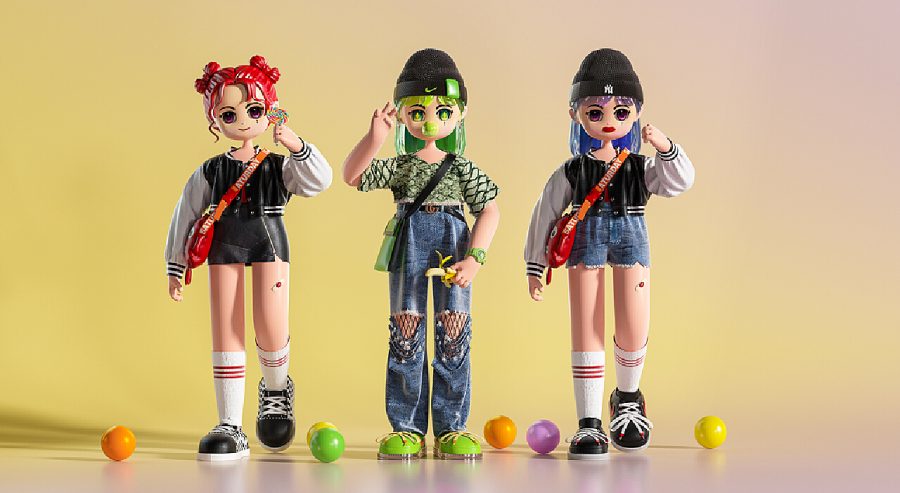

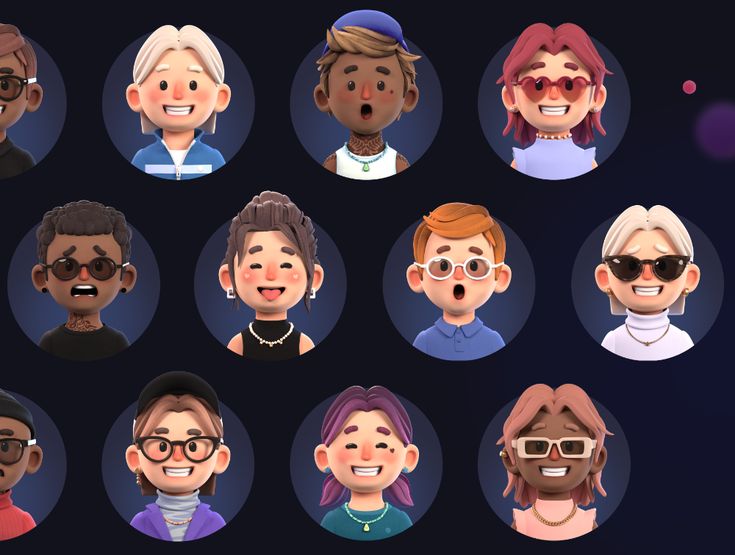
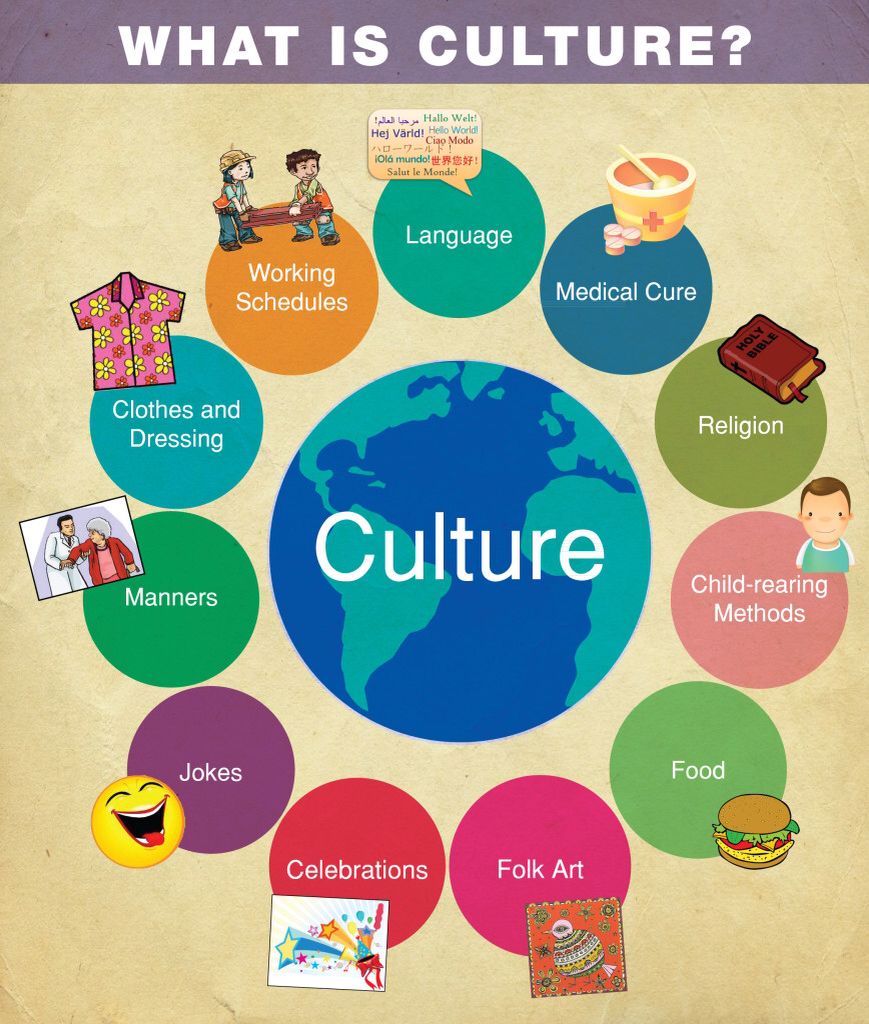

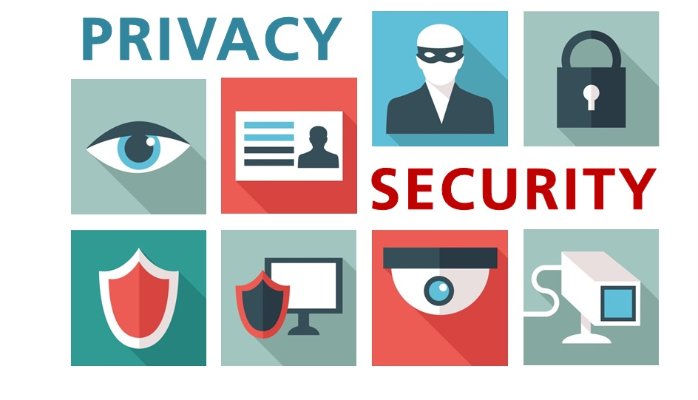

This blog provides a good overview of the complexity of identity construction in the digital world and the challenges that come with it. The article is logically clear and systematically analyzes the diversity of digital identities, from social media presentations and personalized design of virtual characters to the impact of anonymity on identity, and explains how each platform provides different ways of self-expression. In particular, the effect of cultural values ŌĆŗŌĆŗand platform algorithms on identity is explored in depth, revealing that digital identity construction results from personal choices and multiple influences of society, culture and technology. This gives us an insightful perspective on understanding the complexity of identity construction in the digital world. However, there are areas for improvement in some aspects of the article. For example, although some mental health issues are mentioned, they can be further specified, and some actual cases or data can be added to more vividly demonstrate the specific impact of identity conflict on personal mental health. In addition, the article mentions the metaverse and parallel identities when proposing future trends in identity construction. Still, the specific impact of these technologies on identity has not been explored in depth enough. Readers may want to see more detailed predictions and possible response suggestions.
This article explores in detail the construction and challenges of digital identity in contemporary society, and analyzes the deep impact of the digital world on individual self-expression from multiple perspectives. But I think there is room for further discussion about the balance between the diversity of digital identities and the real self. Although digital platforms provide a wide space for users to express themselves, over-reliance on “idealized” or “anonymized” identities can undermine people’s ability to recognize and accept their true selves. For young users, will this alternate lifestyle lead to cognitive bias and psychological dependence? I think the article could be more discussed on this point. Second, while the role of platform algorithms in shaping digital identities has been mentioned, are we underestimating how much control algorithms have over users’ self-presentation? In an algorithm-dominated world, has the “autonomous construction” of digital identity been restructured into a passive “identity tag”? Finally, the article is an illuminating look at the future of identity construction, and can further explore how the development of augmented reality and artificial intelligence can more directly affect people’s perception of identity.
Hello! Your blog provides a very systematic analysis of identity construction in the digital world and its challenges, as well as an in-depth discussion of how social media, virtual space, and anonymity affect digital identity. Your article has brought me new thinking, and here are some of my insights, which I hope will lead to more discussion.
It is very important that you mention that the “idealized self” on social media may conflict with the real-life self. However, digital identity not only brings about idealized presentation, but can also lead to a phenomenon of “excessive self-monitoring”. Foucault’s “Panoramic Prison” theory may help us understand this: in the context of social media, we are gradually accustomed to self-presentation for countless audiences, and we unconsciously over-examine and adjust ourselves. This kind of “surveillance” allows us to gradually see ourselves as a kind of “image management” project to maximize positive feedback from our audience. Do you think this kind of self-monitoring will cause us to lose our spontaneity in our virtual identities, gradually giving way to a self-choreographed “performance” of our “real selves”?
You also mentioned that anonymity allows users to express themselves more freely, but I think this freedom is debatable. While anonymity allows users to unleash themselves in the digital space, it can also lead to a certain “lack of responsibility” that allows people to exhibit more extreme behavior in the online environment. On some anonymous platforms, excessive freedom is often accompanied by negative behavior, such as online violence and extreme speech. This phenomenon reflects whether the erosion of moral responsibility brought about by anonymity will in turn affect our behavior in real life? Does the “multiple identities” brought about by anonymity really contribute to the healthy expression of individuals?
Reference: Foucault, M. (1977). Discipline and Punish: The Birth of the Prison. Pantheon Books.
’╝łbtw, your featured image is very cute’╝ü’╝ē
hey! first of all, I love your blog, you did a great job ¤Öé
I completely agree that over time, our real identity might tarnish as our social persona might take-over. We are already seeing many people gain a bad mental health due to the constant need to create this “idealised self” on digital platforms. This has also caused face and body dysmorphia in many people in which people start to hate their image in real life due to the altered perception of themselves that they post online. Honestly, it gets exhausting trying to keep up with the fake “perfect” image people portray themselves to be. I wonder if we will be able to overcome the performance we put on and actually get to show the “real” self.